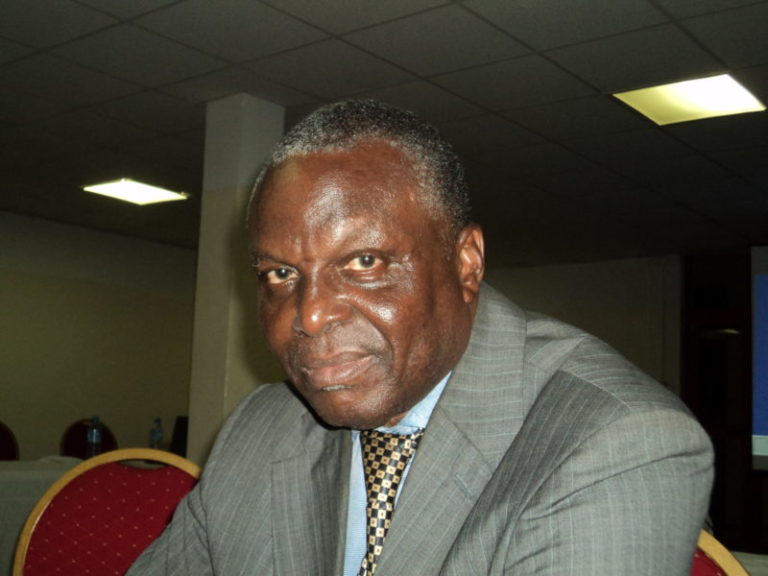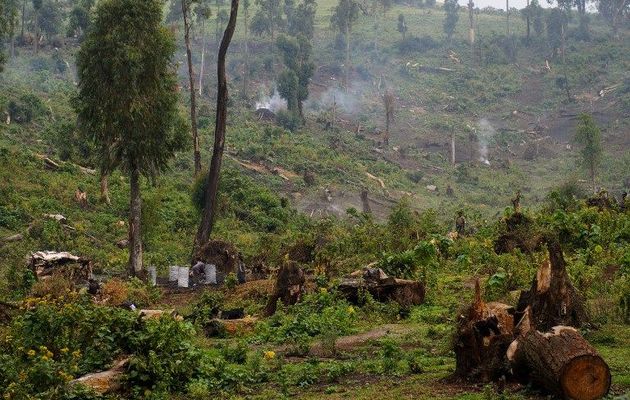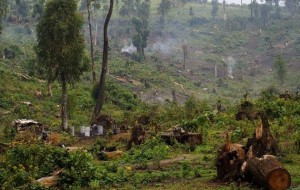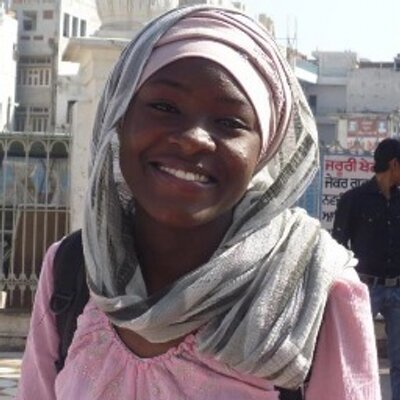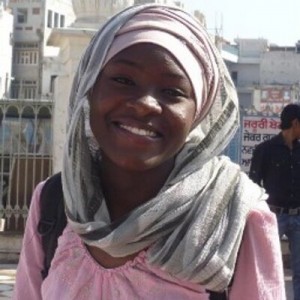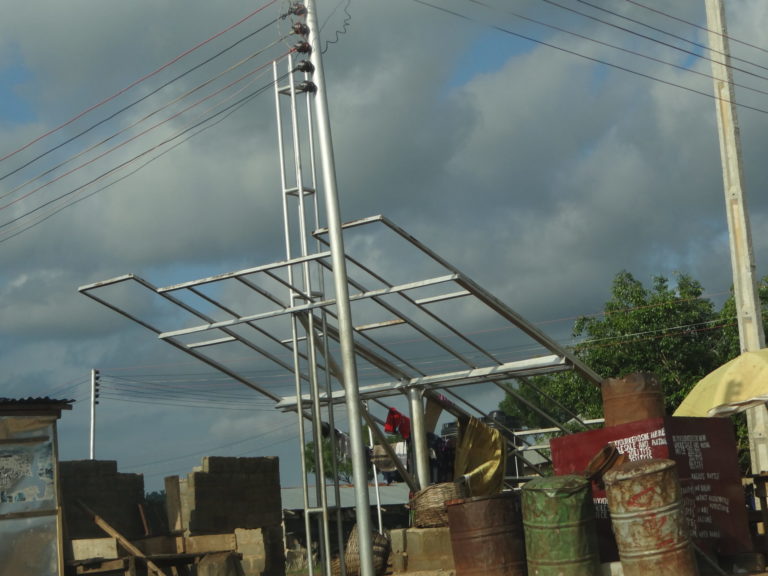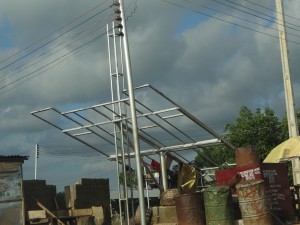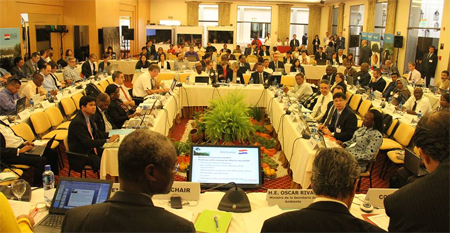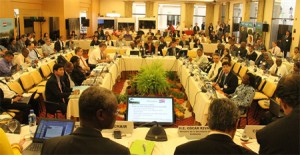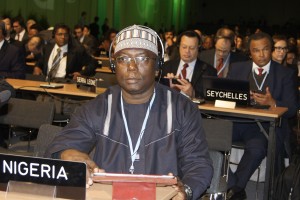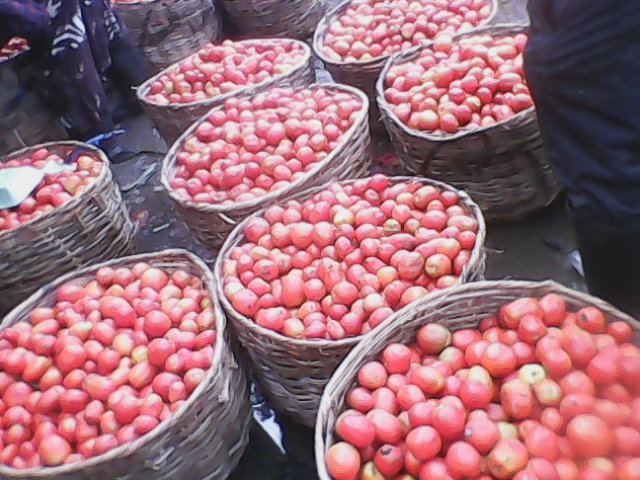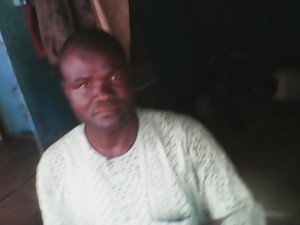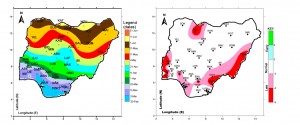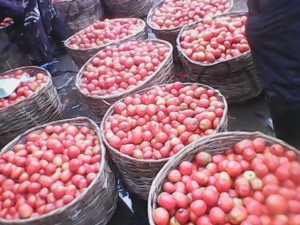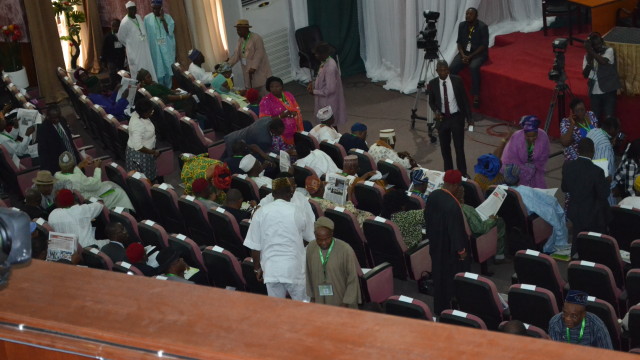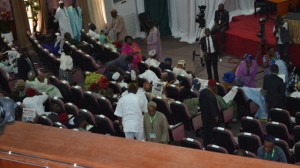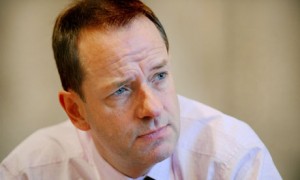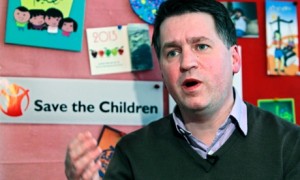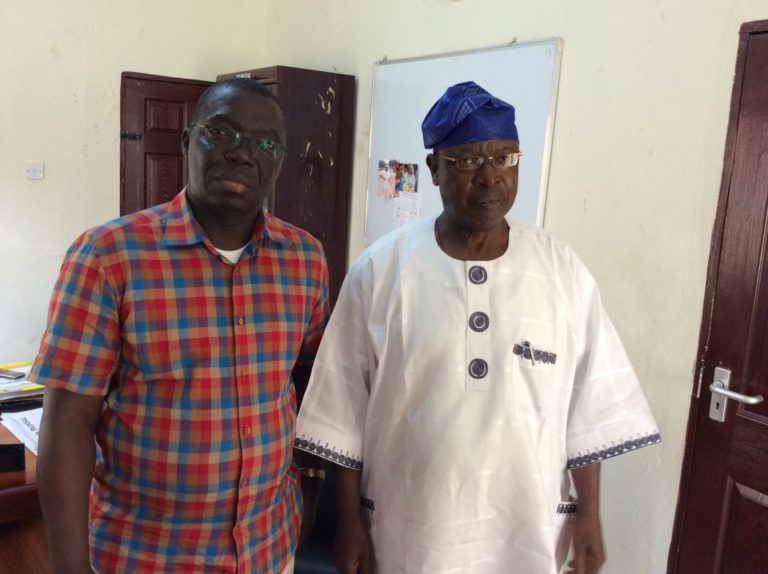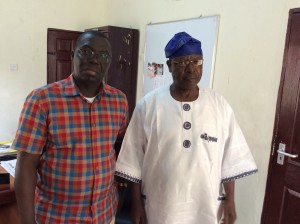Prince Lekan Fadina, Executive Director at Centre for Investment, Sustainable Development, Management and Environment (CISME), is an international negotiator on climate change and sustainable development. He has been representing Nigeria in international forums for over two decades. While in Abuja for a duty tour of the FCT branch of his organisation, he spared some time off his busy schedule to chat with Greg Odogwu of EnviroNews Nigeria on issues concerning the recent report from United Nations’ Intergovernmental Panel on Climate Change (IPCC), where it was emphatically affirmed that the world has only 15 years to reverse global warming or face cataclysmic consequences. Excerpts:
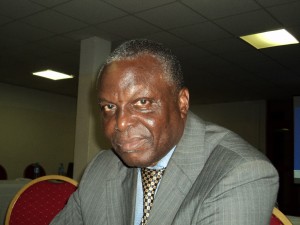
Sir, what drives you?
My drive is sustainable development. I want to see the current environment preserved with fewer risks for the future generation.
Should the world and, indeed Nigeria, be worried about the IPCC report?
I think the most important thing for us is to look at the objective of the report. If someone gives you a report and that report is creating waves globally, we should ask, those people making those waves are they the right people? And I believe that, when you have over 1,300 experts (scientists and people from different professions) come up with a report in 2004 where they said the most critical challenge that we have in the 21st century is climate change and that it is a catastrophe that if we are not careful we will see to the end of the world. So, definitely there are basic issues in my view that have come out of this.
What are the issues in the report?
Some of the things that they have identified is that climate change for instance has become a challenge, not only unto the scientists but generally to all of us. I think the most important thing that IPCC report has done is to provide government around the world with a strident wake-up call. More or less, what they are saying now is that there is need to mainstream these scientific guidelines into national development.
Apart from their coming up with this report, there was also a group put together to review their report and this report has been considered by over 173 countries. Basically, there are some issues we need to look at. For example, in September, 2013 the group argued that mitigation against climate change needs to be sped up because the global temperature was flat. And arising out of that, they are also telling us in this particular report that if we don’t control the greenhouse, then there could be a collapse of the global system. Their argument is based on some critical issues and one of them is that climate change is having impact on every ecosystem, and we have seen it in Nigeria.
Unlike their report in 2007 that talked about climate change as being the greatest threat to mankind, they have come up with something else that talk about the climate itself, and the effect of that climate. They have stated that the world needs to go towards what is called a low carbon economy. Part of the report clearly stated that we should use less of coal and fossil fuel, which means as a nation it will affect us and we have to start creating an alternative to oil. It would affect the economy of developing countries especially countries that don’t even have what it takes to adjust to the emergencies. The number of people living in cities that are prone to flooding from the sea will be affected. And you know for instance that most of our cities like Lagos, Calabar and Port Harcourt are near the seas which means we need to do something fast.
They also mentioned that there would be a fundamental challenge to marine organisms and ecosystem; this will also be a challenge to us as it will affect our maritime system. They also talked about air pollution which is a very serious thing, they say this can cause health problems and we need also to address it. I recall about seven months ago the World Health Organisation came up with a report that linked about seven million deaths to air pollution worldwide; so there is a need for us to look into this kind of thing too. They also talked about warmer areas that in this warmer areas disease can come up such as malaria will spread, heat related deaths will arise and so on. There are quite a lot of things that will influence mortality, public health and institutions. They also emphasise the issue of poverty and the economic shortages that will arise, this will cause conflict. We have seen it in the case of the Fulani herdsmen in Benue, and some other states of Nigeria.
What are the economic implications?
The report says that GDP will be affected by climate impact because it doesn’t account for catastrophic losses which may be most important. Example, loss and damage have entered the dictionary of global negotiation. Loss and damage are substantially important to insurance industries. It also stressed the vulnerability of the poor to climate change, poverty and good living. Again, I believe it is something we need to look at holistically in economic planning.
The IPCC report, I must also mention, not only talks about the problem itself, but it also emphasise that we need to look at the totality of development. As climate change is no longer an issue of its own. It talks about the issue of social equity that we must now start to address the issues of environment, economic and social impact – economic and social impact in anything that we do. And it has introduced into the climate debate what is called the concept of social equity.
What can our government do about this situation?
There is an urgent need for us to come up with a group that can seriously look at this report: what can we do, how can we do it and how do we move forward? This is very important for us, especially now that we are aware that the United Nations Secretary General, Ban Ki-moon, is convening a conference in September this year in which Heads of States have to go. It is my own personal view that Nigeria should take a leadership role for Africa.
We also need to move beyond talking, we need to create a high level advocacy. So, in my view, we must seriously address those basic issues which we have raised. For me, this is not an issue you say its Federal Character issue; this touches at the heart of human existence. We must create awareness; people must know what steps we are taking. Individually, we also need to be disciplined. The report has also mentioned that apart from scientific causes arising from climate change, there are human factors. When God gave us the Earth, He said “manage my resources well”. That is a spiritual injunction on our part. Are we managing the resources well? It is not government alone; I don’t believe government alone can do it because nobody has the monopoly of knowledge. So there must be concerted efforts from all of us to make contributions. The most important thing is result. Our objective is to have a peaceful and healthy environment, and how we get it depends on us.
Do you think we are ready to adapt as a people or do we need external help?
We on our part must be able to identify our challenges; we must be able to say this is the way we want to go. Recently, the African Adaptation Report came up with some basic challenges that we face, and the question is, have we addressed those ones? We must first of all put our house in order otherwise whatever anybody is telling us may not meet our needs and aspirations. And in the process of doing this, we must put in place what I call a Capacity Building Mechanism that can tell people how we meet these challenges.
How should Nigeria prepare for the global conference on climate change, COP 20?
Possibly the easiest way I can put it is that we need to have a roadmap of what we need to do with timeliness; with who to do them, and the funding and collaborations from all of us. It is not a problem of rivalry; we have to find a solution because, at the end of the day, the fundamental issue that we must address is the welfare of the people.

